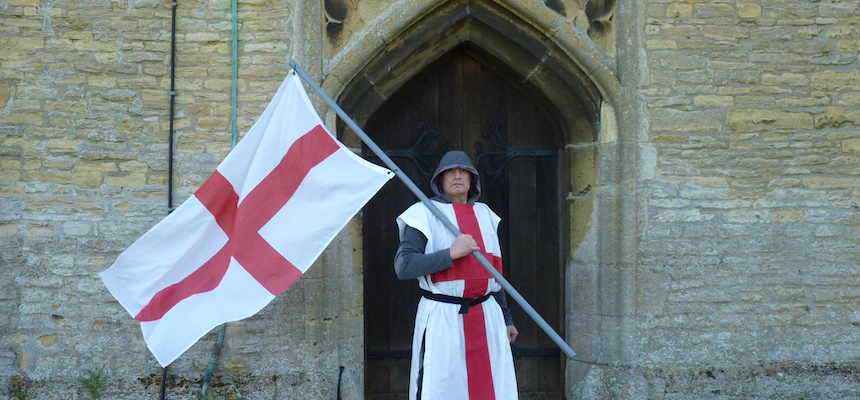
Pope Honorius III was the Pope of the Fifth Crusade. Manu call him the lesser of the three popes in succession, Innocent III, Honorius and Gregory IX. But, maybe not.
Honorius III, named Cencio, son of Aimerico, was born in Italy probably between 1150 and 1160. His family was probably of modest means. He studied at the Lateran and was a canon at the basilica di Santa Maria Maggiore.
By 1188, Pope Clement III named him chamberlain. After that, he held many important administrative positions including camerlengo (1189-1198), auditor, and chancellor/chamberlain. He was papal negotiator to Emperor Henry VI until Henry’s death. After Henry’s death, Cencio became the tutor of the three-year old prospective emperor, Frederick when Pope Innocent became the child’s guardian.
On 16 July 1216, Pope Innocent III died. Cencio, now camerlengo of cardinals, was elected by 17 cardinals, by compromise. They were very concerned about the state of affairs in Europe, politics in Italy, Tatars threatening safety, fear of schism.. On 24 July, the cardinals consecrated him in Perugia, where Innocent had died, taking the name Honorius III. He was crowned at Rome on 31 August and finally took possession of the Lateran on 4 September. His extreme kindness endeared the Romans to him.
In 1215, Pope Innocent had endorsed, with the blessings of the Lateran Council, the organization of the Fifth Crusade, to begin in 1217. To raise enough money for this crusade, the pope and cardinals had to pay 10% of their income. Other ecclesiastics had to pay 5%. This was not enough money. Politically speaking, if Peter II of Courtenay was Latin Emperor of Constantinople, he would be able to fund the rest. So, Peter became emperor in April of 1217. However, within just a few months, he was kidnapped and died in captivity, leaving the Church without the needed funds.
So, Honorius had already called upon Andrew of Hungary to fulfill his father, Bela’s, vow to lead a crusade. Andrew had the money his father had put aside for the purpose. So, the Pope had one leader.
Pope Honorius’ other problem involved many small rulers in Europe who were at war with one another, all at the same time, it appears. So, nothing happened for several years. Andrew of Hungary and others left for the Middle East and fought for the important town of Damietta on the Nile delta. The crusaders held it for two years before losing it in 1221. Rivalry of European factions, between the leaders and with the papal legate, Cardinal Pelagius, caused this downfall.
But his prized leader, Frederick II, all grown up, would not embark until 1225. Honorius tried to arrange a marriage between Frederick and the queen of Jerusalem. The treaty of San Germano in July of that year postponed Frederick’s advance for two years. Serious plans took place in 1227. But Honorius died on 18 March of that year. He did not see his goal. The Crusade mostly came to a stand-still.
Besides the Crusades….
The work on the Crusade did not take up all Honorius’ time. He had to concentrate on the Cathar heresy in France, the war for faith in Spain, bringing Christianity to the Baltic and maintaining the Latin empire in the East.
Part of his anti-Cathar work involved approving new religious orders. The Dominicans were approved in 1216, the Franciscans in 1223 and the Carmelite Order in 1226. He even granted the Dominicans the use of Santa Sabina, an ancient basilica in Rome. In the meantime, he allowed several tertiary orders to come into existence, the Franciscan Brothers and Sisters of Penance Rule in 1221 and the Valley of Scholars soon after.
An educated man, Honorius insisted on a thorough education for the clergy. He went as far as to withhold approbation from a bishop-elect and deprived another entirely, because they were illiterate. He encouraged young men to go to centers of learning to study and then return to their own diocese to teach well.
His love of literacy is apparent in that he took the time to write biographies of Pope Celestine III and Gregory VII, He also wrote a book on the Church’s stance on property ownership entitled Liber censuum Romanae ecclesiae. The original can still be seen in the Vatican archives.

Recent Comments